|
Friends, Some children’s books make you giggle - even if you’re an adult! Here are some that tickled my funny bone. Diary Of A Worm, Doreen Cronin - this book is written from the perspective of a young worm. While Worm faces some dangers such as people digging for bait, he also enjoys never getting in trouble for tracking mud through the house. Cronin has also written Diary Of A Spider and Diary Of A Fly. 3-7 years Arnie the Donut, by Laurie Keller. Arnie is a donut with sprinkles who wants to be chosen at the bakery. Apparently he doesn’t know what that means. This story is full of giggles. 4-8 years.The Sour Grape, by Jory John - A sweet grape turns sour and holds grudges until he realizes he’s missing out on some important things. Jory John has also written The Bad Seed, The Good Egg, and The Big Cheese. 5-8 years. I’m My Own Dog , by David Ezra Stein - this is a humorous take on role-reversal between human and dog, narrated by the dog. Ages 4-8. Meatball Man, by Sandy Whiting - this early reader chapter book is a mystery featuring detective Meatball Man and his two sidekicks, Breadstick and Cheesestick. This hilarious story engages children and keeps them giggling. It’s published by Monarch Press and will be coming out this June. 5-8 years.
0 Comments
Friends,
Let’s see how many readers were paying attention to the Acorn and Button adventures. Here’s a crossword puzzle to test your memory. Friends,
I came across this picture book at the library - School’s First Day Of School, by Adam Rex. The story is told through the perspective of the school. School has just been built and he’s nervous to have the students arrive. He confides his fears to his best friend, the janitor. Janitor offers him some support and encouragement before the new year begins. In the beginning, School doesn’t like the kids that have arrived. They’re noisy and messy. But the children slowly begin to win over School, especially one little, freckled-face girl. I’ve never seen a school as a main character before and by the end of the book, I became quite fond of School. I especially liked the last page where Janitor is at the top of school and they have a conversation while watching the sun set together. Check it out. It’s a sweet story. Friends, One of the themes in the chapter, Acorn’s Art, shows how words can affect someone’s creativity. Negative criticism tears down and constructive criticism builds up. In the writing world, constructive criticism is referred to as a “sandwich critique.” Feedback should begin with something positive about the writer’s work. Then it goes on to what can be changed or improved in the work. Finally, the feedback finishes with another positive about the work. Hopefully the questions below can inspire discussions with children about the power of words and honesty mixed with kindness. Lesson Plan - Acorn’s Art - Chapter 3
*Everyone is good at something. Everyone has potential. Looking for potential in others is a helpful and proactive practice. It encourages them and helps them to succeed. Friends, Button was persuaded to share his recipe for Belgian waffles after reading Acorn’s diary entry. Button’s Belgian Waffles Ingredients Dry 2 cups all purpose flour 1 tsp salt 1 Tbs baking powder 2 Tbs sugar Wet 2 eggs 6 Tbs butter (melted) 1 1/2 cups milk 2 tsp vanilla extract To Fold In 4 oz fresh blueberries Instructions 1. Preheat waffle iron. 2. In a large bowl, whisk together the dry ingredients. 3. In a smaller bowl, whisk eggs, butter, milk and vanilla until we’ll combined 4. Add the wet ingredients to the dry, and mix until just combined. Mixture will be lumpy. 5. Fold in the blueberries. 6. Spray the waffle iron and cook waffles until light brown and crispy. 7. Serve with maple syrup. Enjoy! Friends, Acorn and Button recently visited a beautiful garden. As they walked, Button pointed to a large, leafy plant. “That’s a hosta,” he said. “And over there is a coleus.” “You know a lot about plants,” said Acorn. “Indeed,” replied Button. “I’m an expert on horticulture.” “And this beautiful purple plant is known as Persian Shield,” continued Button. Acorn and Button stopped at a pretty plant with small, blue flowers. “What is this called?” asked Acorn. Button peered at the flowers. “That’s a ground cover knows as Shrubby Gromwell.” Acorn bent down to feel the leaves of a succulent plant. “This one is bright green,” he said. Button nodded. “That’s another ground cover called Creeping Jenny. It spreads along the ground.” As Acorn and Button looked at the different plants, they heard a loud grunt and snort.
”Is that your belly growling, Button?” Acorn asked. ”My belly does not growl,” said Button sternly. ”But it is noon and time for lunch.” With that the two friends headed home for a nice meal of blueberry waffles. Friends,
Here is step by step instruction on how to draw Acorn. This is a good activity for children. It not only teaches fine motor skills, but shapes as well. You can find past Acorn and Button activities by going to Acorn’s Corner. 1. Draw the letter U. 2. Draw an oval at the top of the letter U. 3. Draw the stem. 4. Draw 2 circles for eyes. Fill in the circles with a black marker. 5. Crisscross Acorn’s cap with lines. Draw eyebrows above Acorn’s eyes. 6. Draw Acorn’s arms with curved lines. Add small ovals for hands and fill in. 7. Draw straight lines for Acorn’s legs. Add small ovals for his feet and fill in. There you have it! Have fun! Friends, I was at a craft fair this past weekend in Clayton, Ga where I sold art and jewelry. I also brought a stack of Acorn and Button books. My goal was to sell at least 10. I sold 9 which is pretty close. I’m happy. In my search for books on imagination, I came across a very unusual picture book titled The Mysteries of Harris Burdick, by Chris Van Allsburg. I found The Mysteries of Harris Burrdick to be both intriguing and a little unsettling. The book was published in 1984 and is comprised of 14 illustrations with captions. Chris Van Allsburg gives his own account of discovering the illustrations in the book’s Introduction: “I first saw the drawings in this book a year ago, in the house of a man named Peter Wenders. Though Mr. Wenders is retired now, he once worked for a children's book publisher, choosing the stories and pictures that would be turned into books. Thirty years ago a man called at Peter Wenders' office, introducing himself as Harris Burdick. Mr. Burdick explained that he had written fourteen stories and had drawn many pictures for each one. He'd brought with him just one drawing from each story, to see if Wenders liked his work. Peter Wenders was fascinated by the drawings. He told Burdick he would like to read the stories that went with them as soon as possible. The artist agreed to bring the stories the next morning. He left the fourteen drawings with Wenders. But he did not return the next day. Or the day after that. Harris Burdick was never heard from again. Over the years, Wenders tried to find out who Burdick was and what had happened to him, but he discovered nothing. To this day, Harris Burdick remains a complete mystery.” Below are six out of the fourteen illustrations from the book. Over the years, teachers have used these as writing prompts for their students. The illustrations have a whimsical yet somber feel to them. Some feel slightly ominous. I think the paradoxical nature of the work makes it interesting. I find the captions brilliant. Talk about hooks! Suffice it to say the book is not intended for younger children. It’s a great resource for middle grade children on up. In any case, here they are. Acorn and Button had definite reactions to some of the illustrations. Button found Another Place, Another Time fascinating. He thought the merging of railroad track and water ingenious. He wanted to pack his bags immediately and head out to that ‘land of answers.’
Acorn didn’t care for the Uninvited Guests with the turning doorknob, but he liked the spelling caterpillars in Oscar and Alphonse. I’m interested in your thoughts. Have you heard of this book before? What kind of feelings do the illustrations provoke? Do the captions make you want to read more? Let me know. Friends, Recently, my eight year-old grand-niece drew a picture of Acorn and Button. I was pretty thrilled with the work. Belle made good use of her imagination. Here Acorn is dancing on a rain cloud. I love this. Acorn is someone who probably wouldn’t stay indoors during a rain, but would dance on the cloud instead. Belle gets Acorn. And here is Button sporting a new look - blond hair! Lol! My dad always said that one of the greatest things you can ever have is a good imagination. He was right. Kids need time to dream and imagine. So do adults. That’s the way we keep the spark alive. There are several children’s books about imagination that I’ll post in next week’s newsletter, but here’s one to start you off. Imagine That is a story about a little girl (Olive) and her stuffed owl friend (Hoot). In the story they try to figure out why Hoot’s imagination has stopped working. During their search, Hoot says,
“Why is it, when my imagination is the thing that’s broken, it’s my heart that hurts the most?” There's a real sense of loss when the spark of imagination goes out. The Hope lies in rekindling it again. |
You can browse past Acorn and Button newsletters here.Archives
March 2024
Categories |
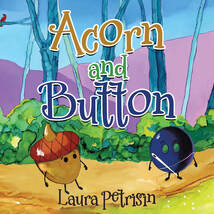
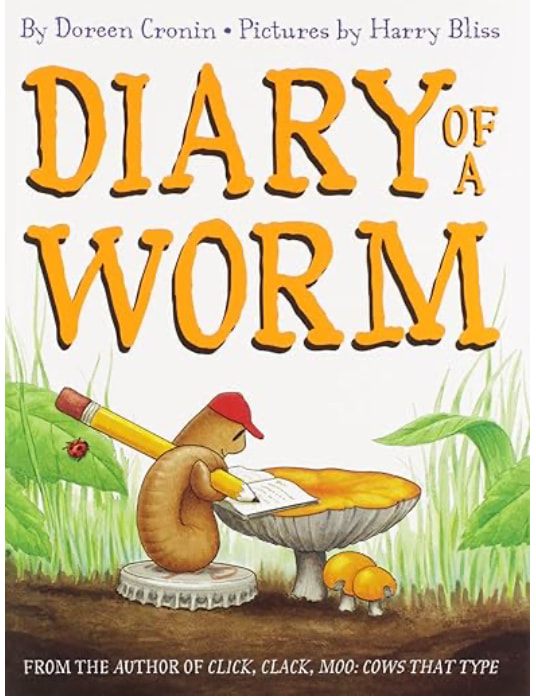
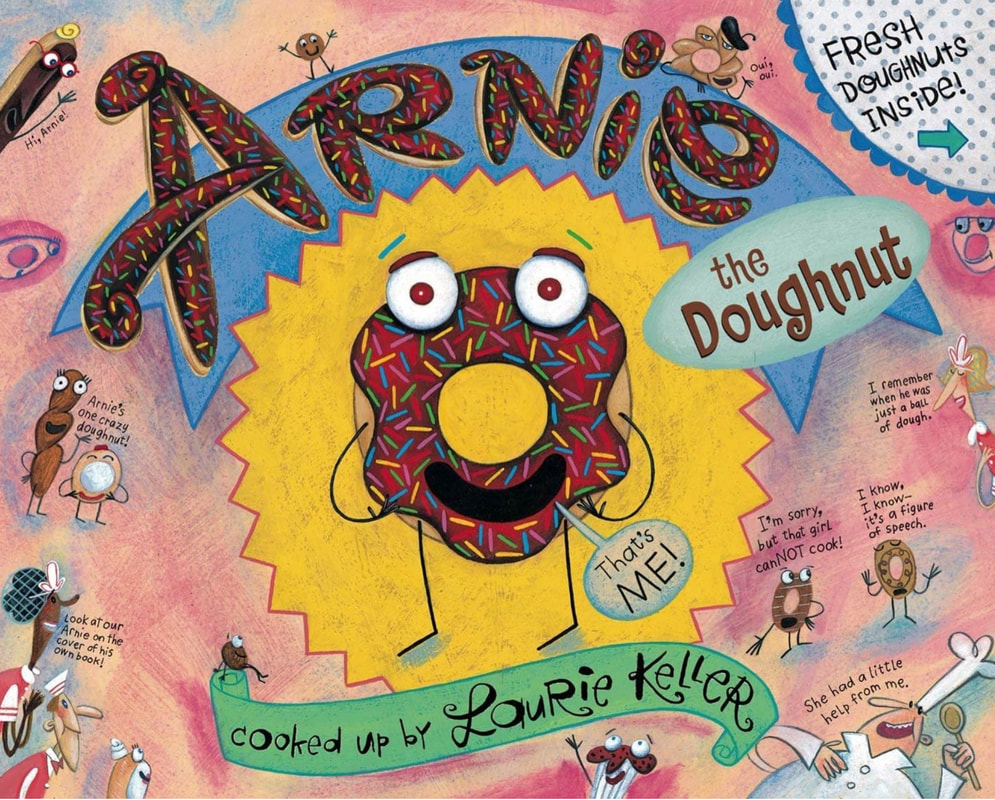
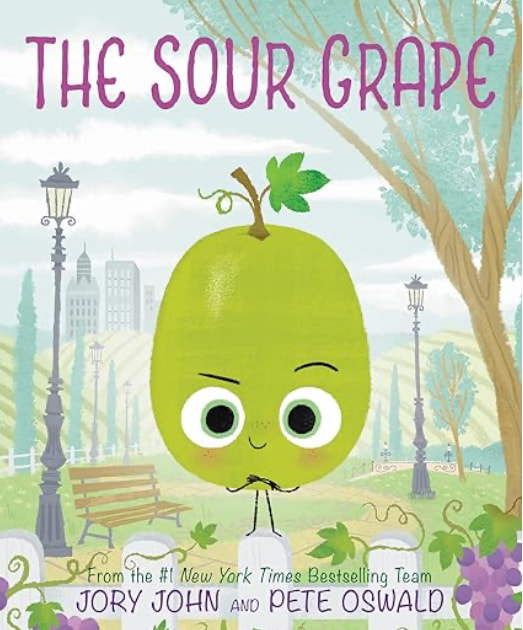
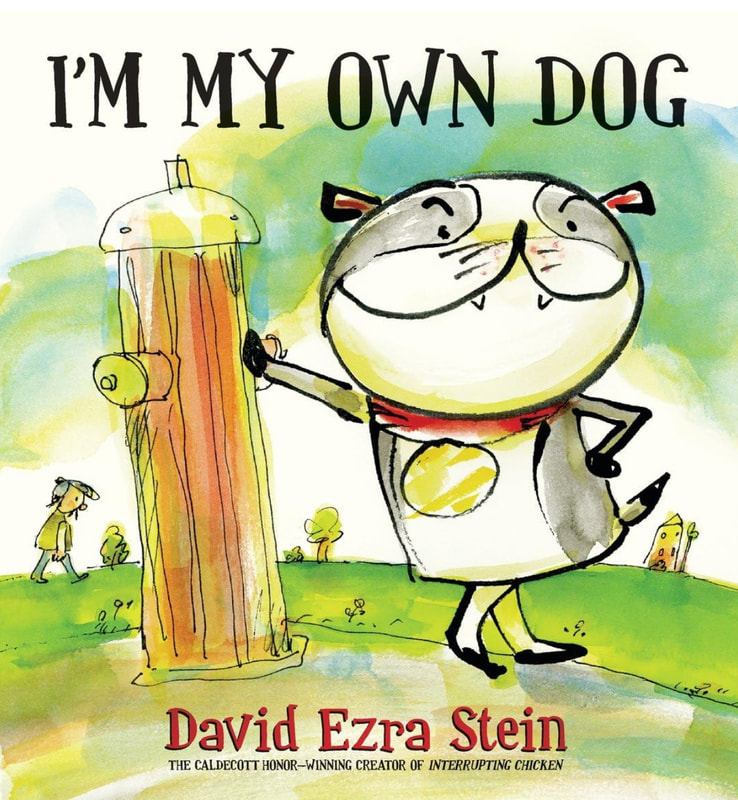
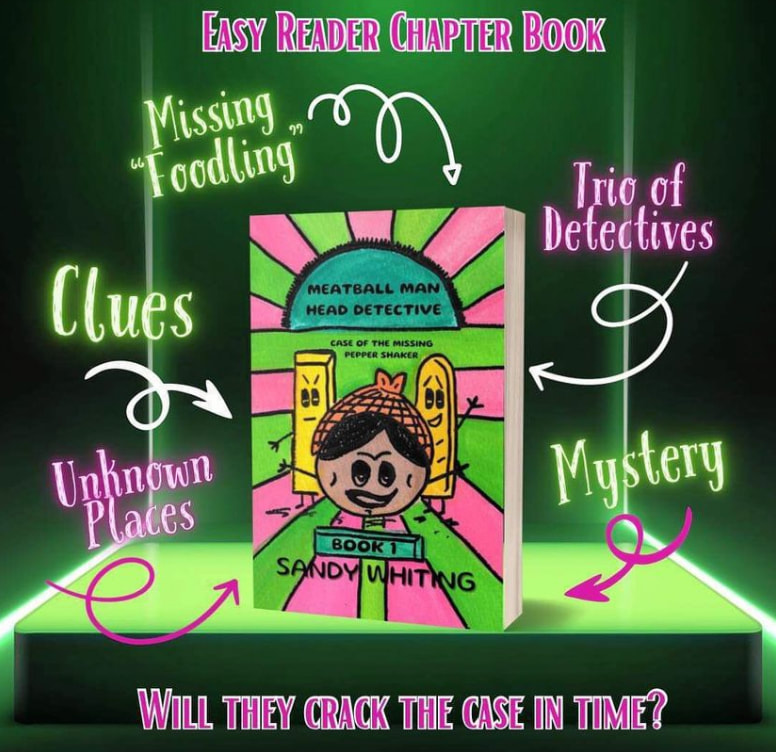
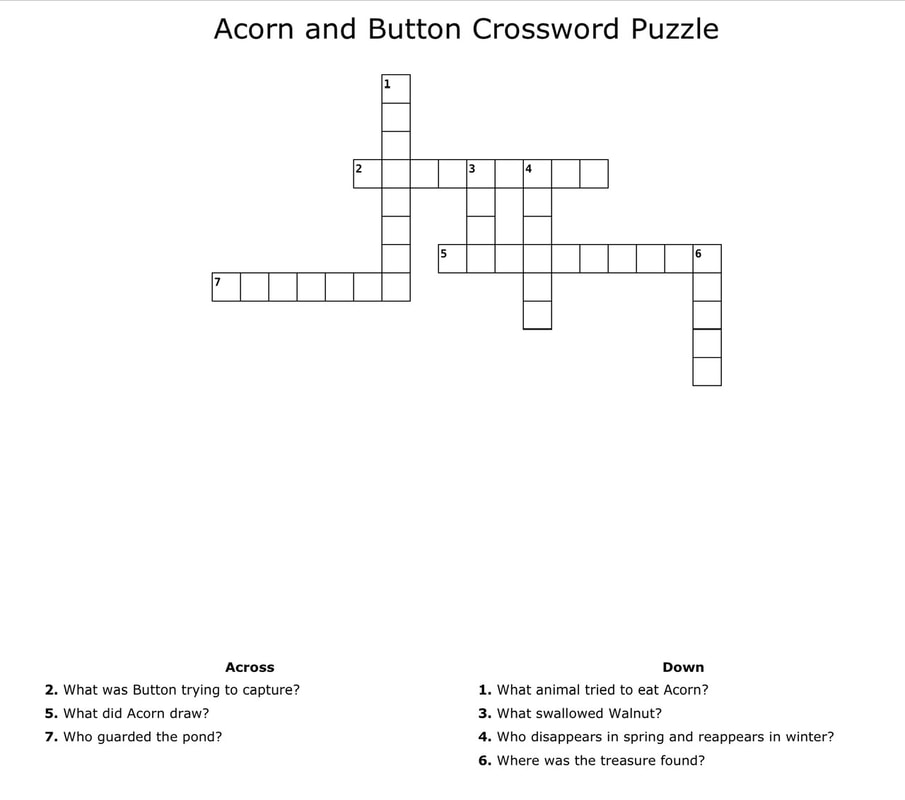
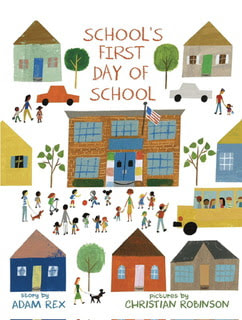
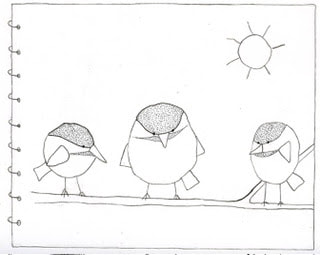
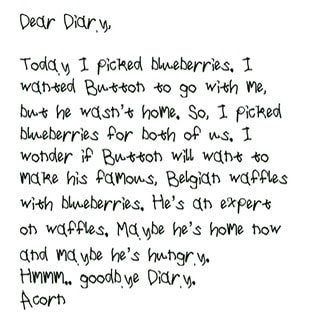
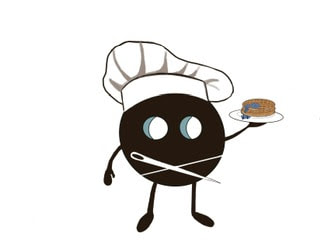
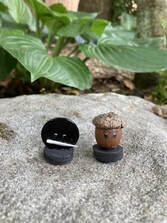
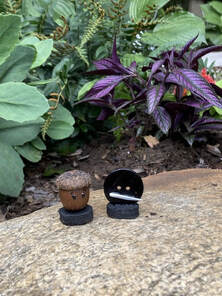
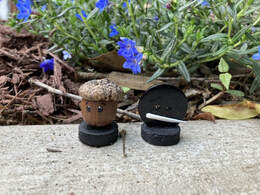
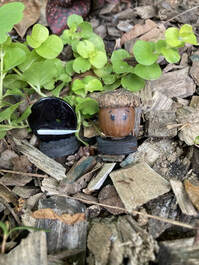
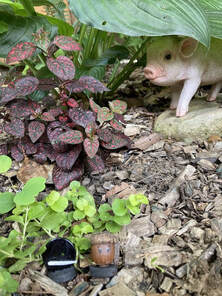







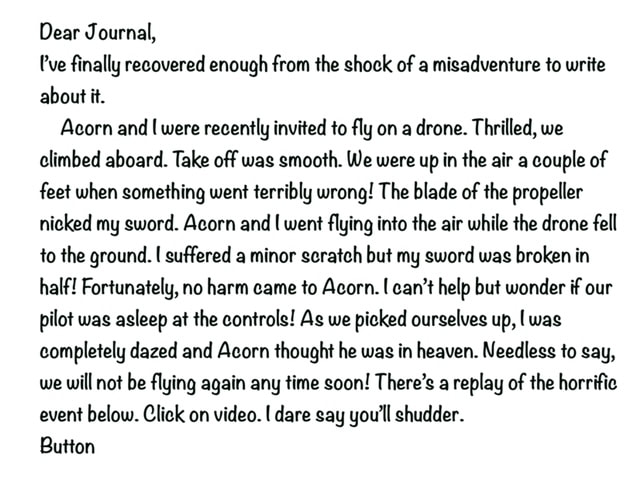
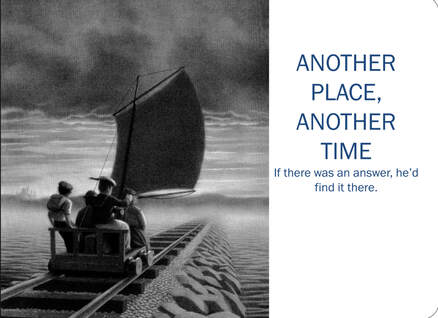
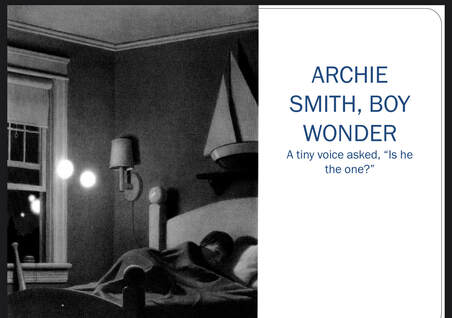
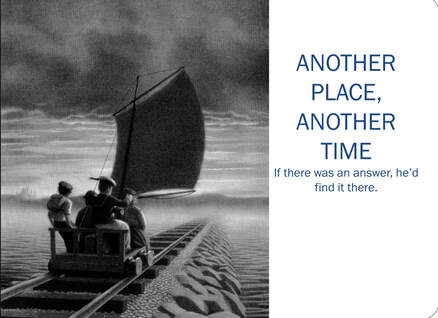
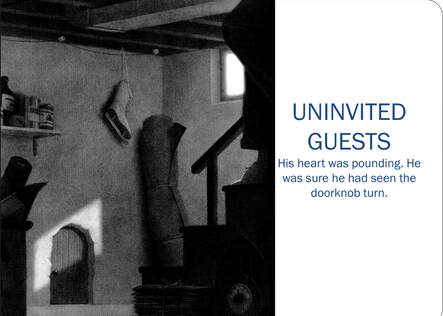
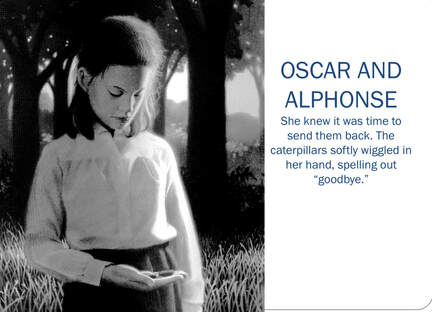
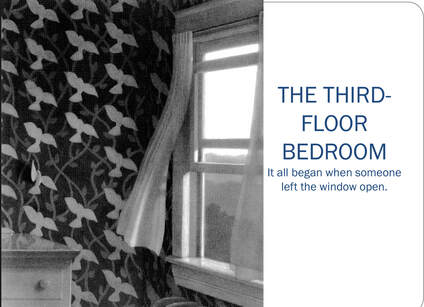
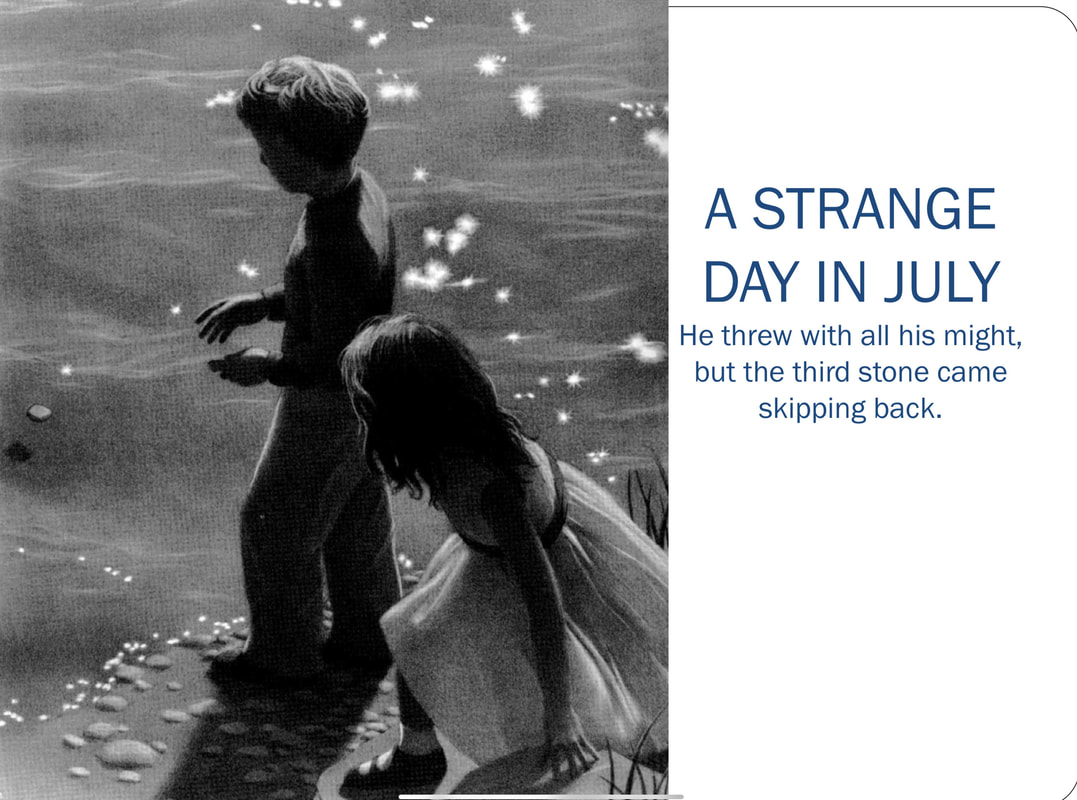
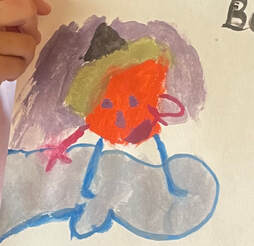
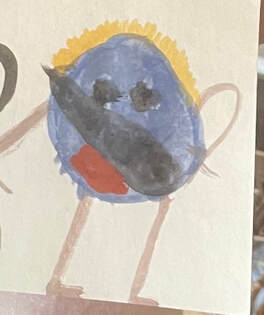
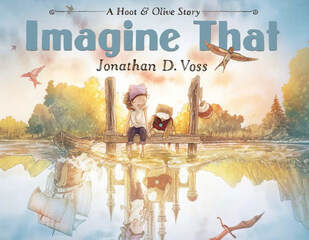
 RSS Feed
RSS Feed